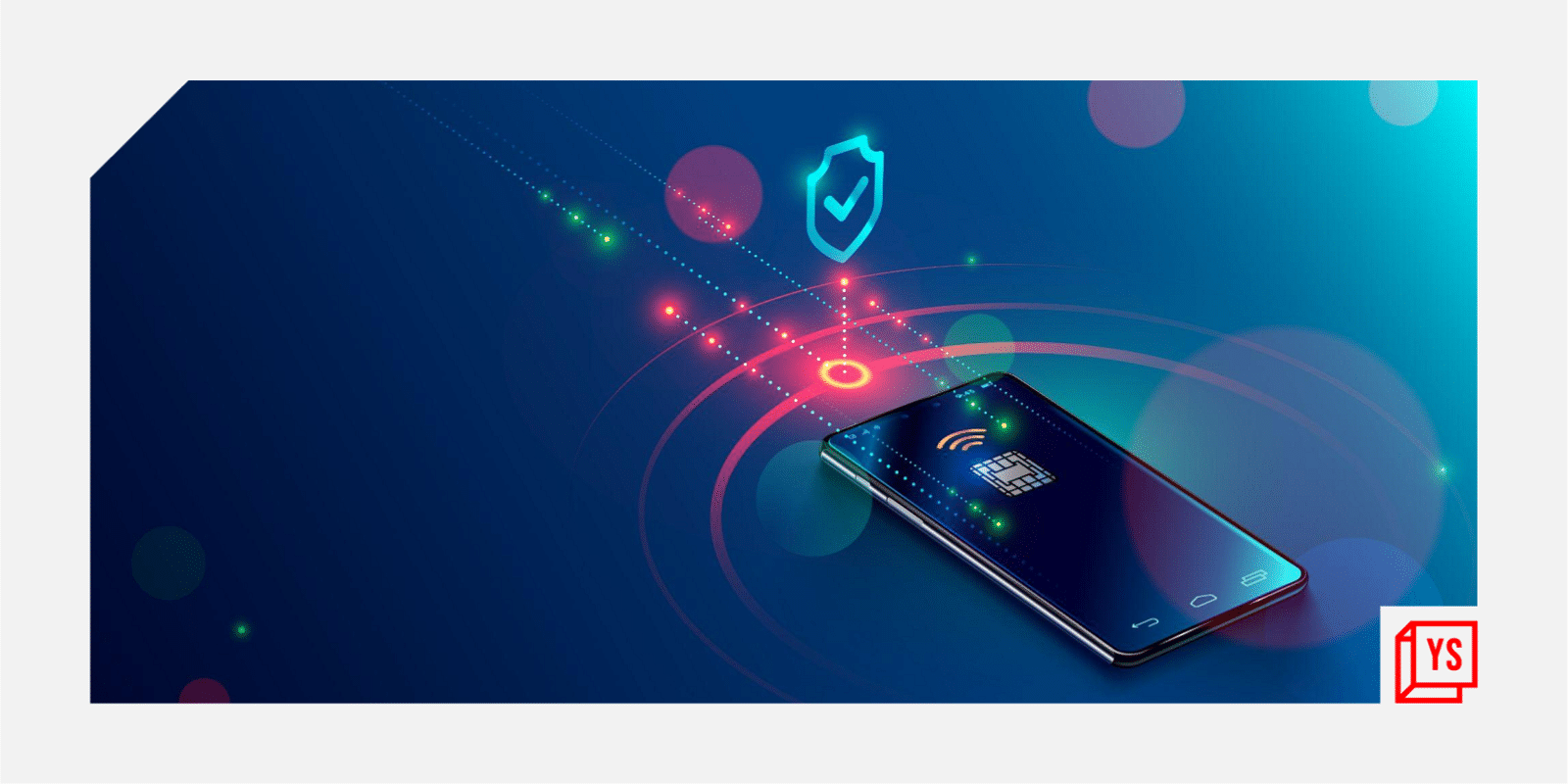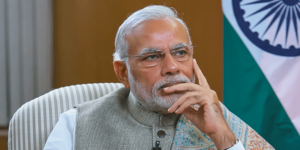India’s digital infrastructure, including JAM – Jandhan accounts, Aadhaar(Aadhaar Enable Payment System ) and Mobile Payments riding on Open Stack Emerging Payment option like Unified Payment Interface(UPI), e-KYC and e-Signature, is paving the way for a massive digital payments revolution in India which has changed the transaction system in the country.
The country’s Open Stack – JAM, UPI, OCEN(Open Credit Enablement Network) and ONDC(Open Network for Digital Commerce) has allowed entry of new well-funded payment companies in India in partnership with traditional banks and operating as TPAPs(Third Party Application Providers) under the guidelines laid by NPCI (National Payments Corporation of India).
Digital payments infrastructure, riding on Open Banking Stack like UPI, has allowed fintech companies to innovate and create new payments use cases laying a strong basis for digitalisation and cross-selling of other financial products and services such as GooglePay, PhonePe, BharatPe etc.
Digital payments networks have seen five- folds jump from 1,004 crore in 2016-17 to 5,554 core in 2020-21,
India’s digital payments story, however, doesn’t end here. Real-time payments using methods like UPI will further reduce ticket size, enormous volumes and digitised of P2M txn data. Lending in India is poised for data-driven transformation, payment transactions will increasingly get digitised and available in bank statements. Loan Service Providers/Lenders via Account Aggregators(AA) will get access to machine readable bank statements.
Digital payments have pushed India into a world of opportunities. However, key concerns remain. These are:
1. Retail Payments Infrastructure
During the COVID-19 pandemic there was exponential surge in UPI transactions and the same has put the underlying infrastructure of banks(PSPs), network(NPCI), aggregators and TPAPs (Third Party Application Providers) under tremendous strain resulting in increased failure rates and timeouts of UPI transactions.
2. Zero Merchant Discount Rate (MDR )
With Zero MDR on UPI and RuPay transactions which allowed for monetisation of volumes on these channels for banks and FinTech companies, has disincentivised players especially the legacy public sector banks- to upgrade systems and adopt new tech stack.
Indian government has recently launch Payments Infrastructure Development Fund (PIDF), which will benefit merchants adopting digital payments and banks deploying POS terminals and QR codes.
Government will give incentive to banks for deploying PoS and QR codes at Zero MDR, Incentive will be in the range of 0.4 percent for Cards acquiring and 0.25 percent for QR code-based acquiring.
3. Recurring transaction and Card tokenisation
There are two important developments related to Recurring Payments (RP) /Standing Instruction (SI) on Cards and Card tokenisation.
Card issuers can offer RP/SI only after they have complied with the Central Bank of India guidelines on Recurring Transactions, apart from this merchants will not be allowed to store Card on File- 16 digit card number on merchant website beyond 30th June 2022 and all 16-digit Card numbers has to get tokenised either by Card network or Card issuer and the details to be store in Card vault, while this has been a temporary concern for the Digital Payments Industry in India, once implemented and with all ecosystem players complying to the RBI guidelines on Recurring Transactions and Card tokenisation this will further boost digital payments transaction in India.
4. Regulation of Payment Aggregator (PA) /Payment Gateway (PG)
Post March 2022 only Payment Aggregator licensed by RBI to operate as Payment Aggregators (PA) will only be allowed to participate in the merchant settlement, many small PAs operating without a license will either merge with the license entity or operate as Payment Gateway/Technology Service Provider to the license entity and the license entity will have to maintain Escrow account with bank and participate in the merchant settlement process.
This was required because there were many players in the market operating as Payment Aggregators and Central Bank did have an regulatory control on them and hence RBI issued guidelines on Regulation of Payment Aggregators and Payment Gateways on 17th March 2020.
5. Cyber Security
Third important concern related to digital payments in India is cyber security. Authentication and non-repudiation are two security concerns raised by digital payment.
Some of the potential risks in UPI include getting exposed to unauthorised payment links or fraudulent UPI handles and screen monitoring by fraudsters. The only way to handle this is by customer education and ensuring that UPI PSPs/TPAPs have robust fraud detection and prevention mechanism in place along with Digital Payment Security Controls in place as per RBI’s direction on Digital Payments Security Controls.
The Reserve Bank of India has taken many steps to improve the security of card and online transactions, which has aided in the reduction of card-related fraud in India.
a) It includes mandating the issue and use of only EMV chip and PIN-based cards, as well as OTP for all domestic online or Card Not Present (CNP) transactions, PIN-based authentication, sending alerts to cardholders and IFSC code bases transaction.
b) RBI has introduced Digital Payment Security Control directions for regulated entities to improve the security of digital payment channels and convenience for users.
6. Dispute Management
Until last year Dec 2020, there was no real time Online dispute resolution for UPI transactions, with growing number of UPI transactions such a system was a long-standing demand of the digital payments industry.
In the year 2021 NPCI and RBI has made it mandatory for all participating banks to have an Online dispute management system not only for UPI but also for Card transactions as well.
(Disclaimer: The views and opinions expressed in this article are those of the author and do not necessarily reflect the views of YourStory.)







![Read more about the article [Tech50] This Hyderabad-based startup will help you extract the exact info from a haystack of documents](https://blog.digitalsevaa.com/wp-content/uploads/2021/12/subtl-1640246020802-300x150.jpg)
![Read more about the article [Funding alert] Data security startup Seclore raises $27M; VenturEast exits with 17.5X return](https://blog.digitalsevaa.com/wp-content/uploads/2022/02/funding-1645511711142-300x150.jpg)

